Understanding Your WordPress Database and How To Optimize It
Experts and beginners choose WordPress as the most preferred content management system, and its popularity keeps growing because of the simplicity of using the CMS that does not require any knowledge about its underlying structure.
However, you might face some situations when it might be useful to have some knowledge about the database.
To understand the basic structure of WordPress, you should know that it uses MySQL as the database management system and PHP as the scripting language.
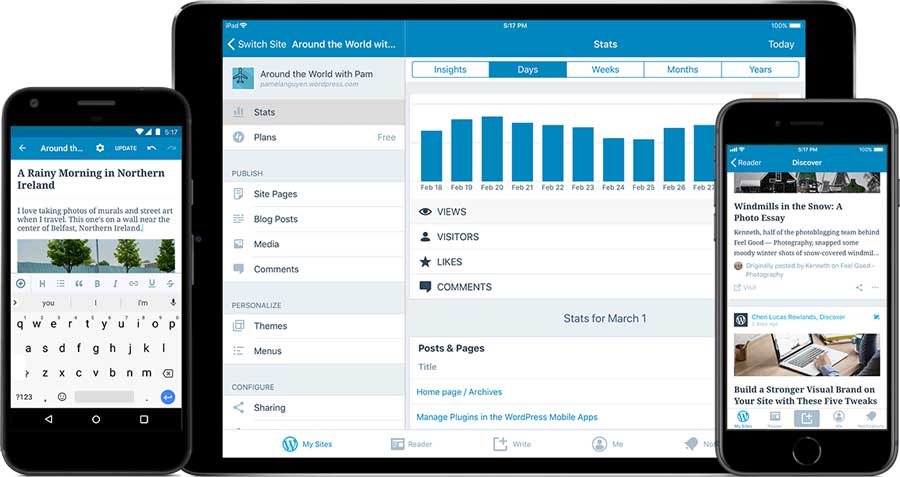
The database provides the foundation to WordPress by storing all settings of the CMS and plugins as well as the entire website content. It includes pages, blog posts, comments, as well as form entries, links, portfolio items and other types of custom posts.
With continuing website usage, the database grows in size. It becomes so large that it affects the website performance in terms of the time the server takes to retrieve information from the tables in the database.
This calls for proper database management under the guidance of the experts at RemoteDBA.com to remove unnecessary data to ensure speedy data retrieval and improve website performance by loading pages faster.
In this article, we will discuss the WordPress database to understand its structure, type and talk about the ways of optimizing the database.
What is a database?
A database is a structured set of data that uses software for storing and retrieving data in an organized way by allowing the software to manage data through programming.
The database uses tables that act like different sections of a filing cabinet to store data according to its type. When you need some data, you look into the specific table in the database and retrieve the data by communicating with it in some programming language.
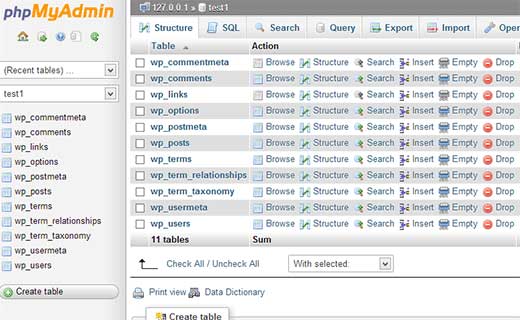
For example, WordPress uses the programming language PHP for performing database functions.
MySQL is a database management system used by WordPress that helps to create databases, store and fetch data when required.
When installing WordPress, it will ask you to provide a database name, username and password as well as database host.
What is a database host?
The computer that hosts your data on a MySQL server is the host. Usually, you must enter the local host in the host field when requested, and it creates a connection between your WordPress and database.
However, the hosting service might sometimes use some other hostnames to manage My SQL servers.
You can see the hostname in the Database or MySQL sections of your hosting control panel. To find the name of the host, you can take help from your hosting provider.
Structure of the WordPress database
WordPress uses several database tables that have mutual relations on a one-to-many basis that ensures minimal data storage.
Space-saving is an essential aspect for supporting the performance of the website because if data occupies too much space, it increases data retrieval time and slows down the website speed.
Having one-to-many relationships between the tables allows one user to have many posts stored in the database according to the user record instead of WordPress storing all data of a particular user against each post they authored.
This saves a lot of space by avoiding the storage of repeated data. A single file that becomes the unique identifier for each record links to many tables.
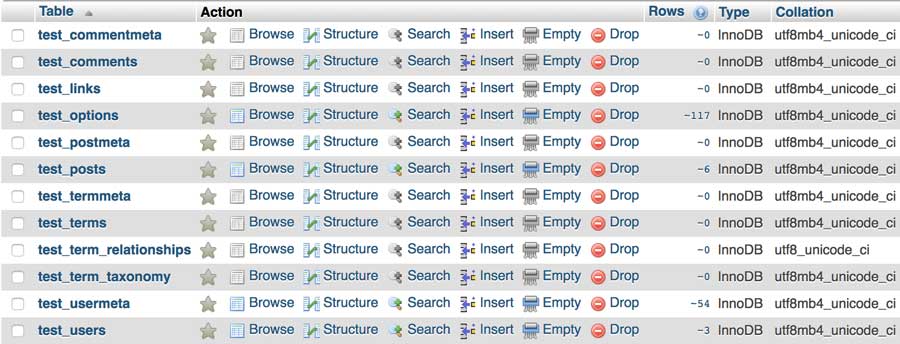
How WordPress database tables look
- The default prefix of database tables is wp_, and you need not change it because it does not add any value.
- wp_posts is the core table that stores most of the data and binds everything else together.
- Table wp_options is the only table that does not have any connection with any other table. All data about WordPress installation and the site that are not related to data about users and posts is stored in this table.
- Two tables store data about taxonomies.
- There is no link between the table wp_comments and wp_users. Although it has provision for specifying that users must register to comment, WordPress does not store data about comments vis-a-vis users who have posted them.
- There will be some extra tables for a multisite installation.
What is an SQL query?
To manage databases, WordPress uses SQL or Structured Query Language, which is a programming language for managing databases. A SQL query is an SQL request issued to CRUD data residing in the database server.
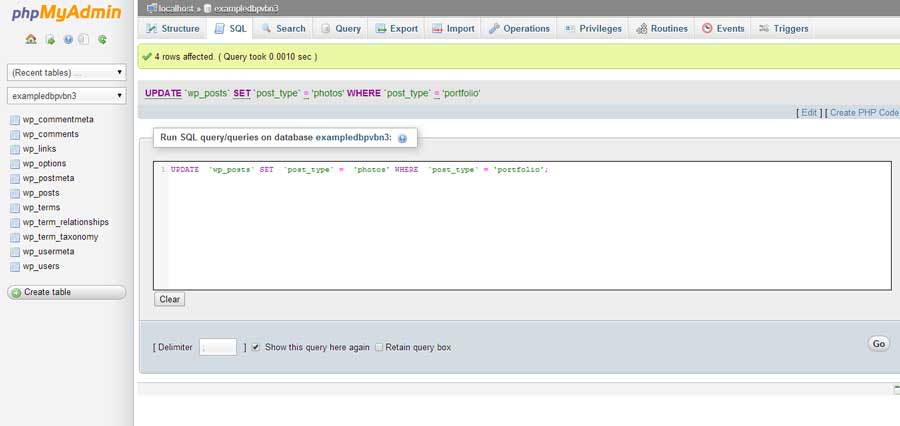
By using My SQL queries, WordPress stores and fetches the data and populates it in the web pages. SQL queries are especially helpful in optimizing databases, which is critical for restricting the database size from growing too big that can adversely affect website performance.
Spam comments are dangerous because it bloats the database, and by using the SQL query, you can quickly delete it from the database.
By performing a query, you can delete the older and unwanted posts. Although it is possible to perform these tasks manually, the query allows you to perform the task more efficiently and fast.
Managing databases
You can manage your WordPress database or, more precisely, MySQL server with the help of phpMyAdmin, which is an open-source web-based application that has a very friendly user interface.
You can access phpMyAdmin under the database section in your control panel or sometimes there is a direct link available for accessing it.
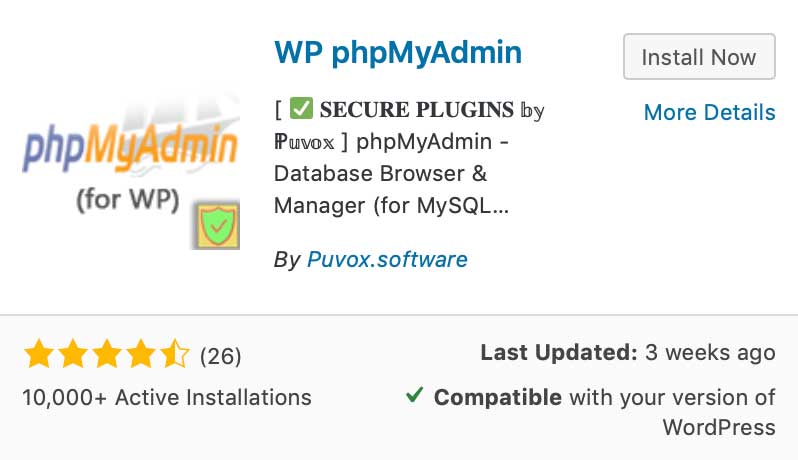
With phpMyAdmin, you get access to the core database created by WordPress, and if needed, you can make changes to it.
Additional tables are created whenever you make significant changes to the web pages. Since changes to web pages keep happening, the number of tables keeps adding and to keep it under control; you must manage the database well.
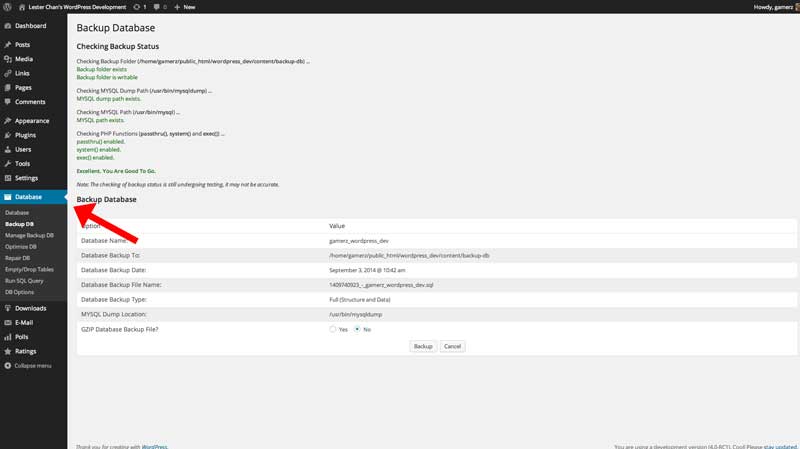
WordPress and databases are like the two sides of the same coin. They work in tandem to ensure that your web page performs at its best, and all data is well-managed.
Learning how to perform some essential tasks in the database should help to troubleshoot some common WordPress issues, make your website more secure and help to recover your website.
A well-managed database contributes immensely to WordPress website performance.
Author: Kristen Smith
Kristen Smith is a blogger and content writer who writes many articles on Business, Web Design, Social Media and Technology. She enjoys reading new things on the internet. She spends a lot of time on social media.






